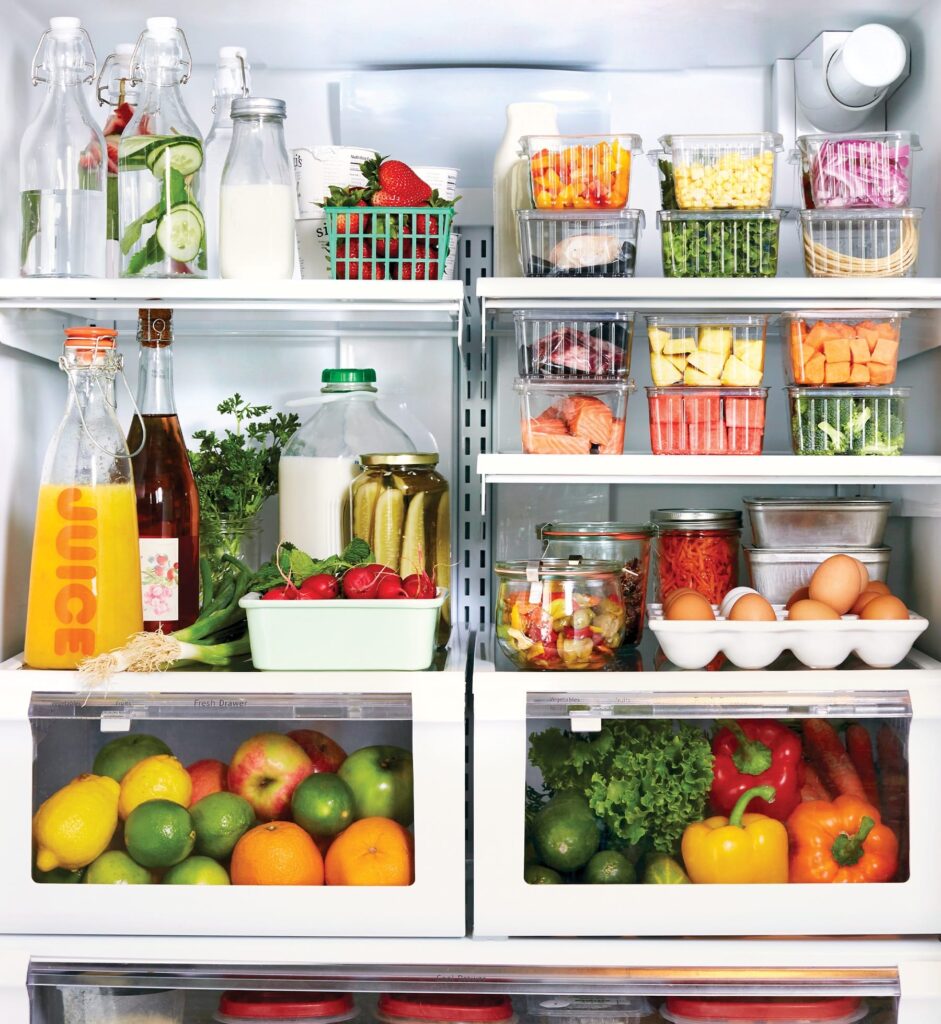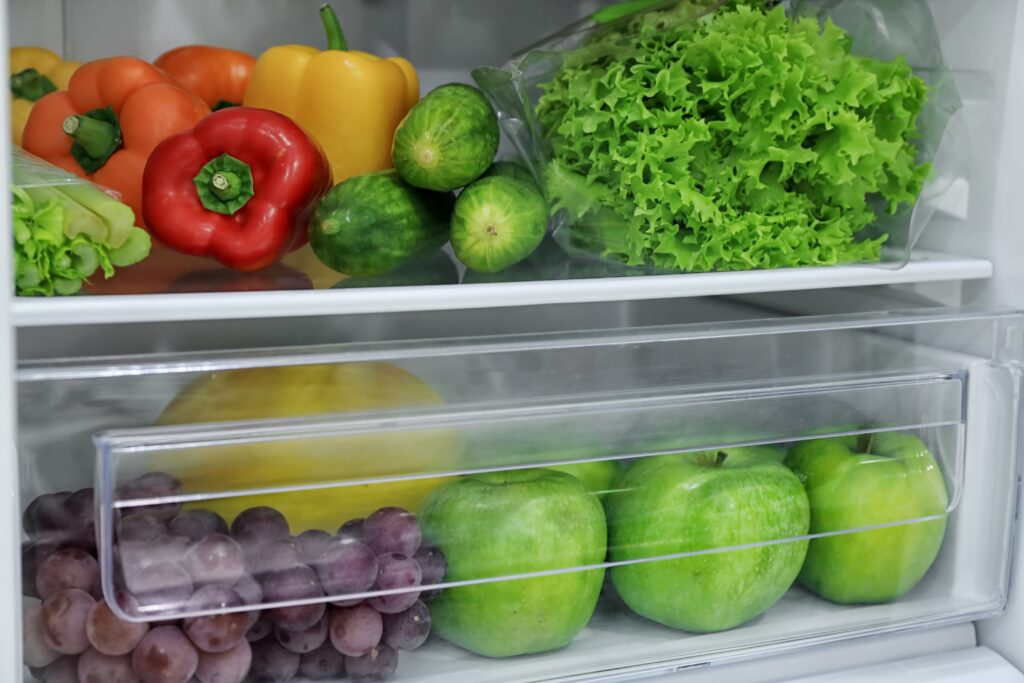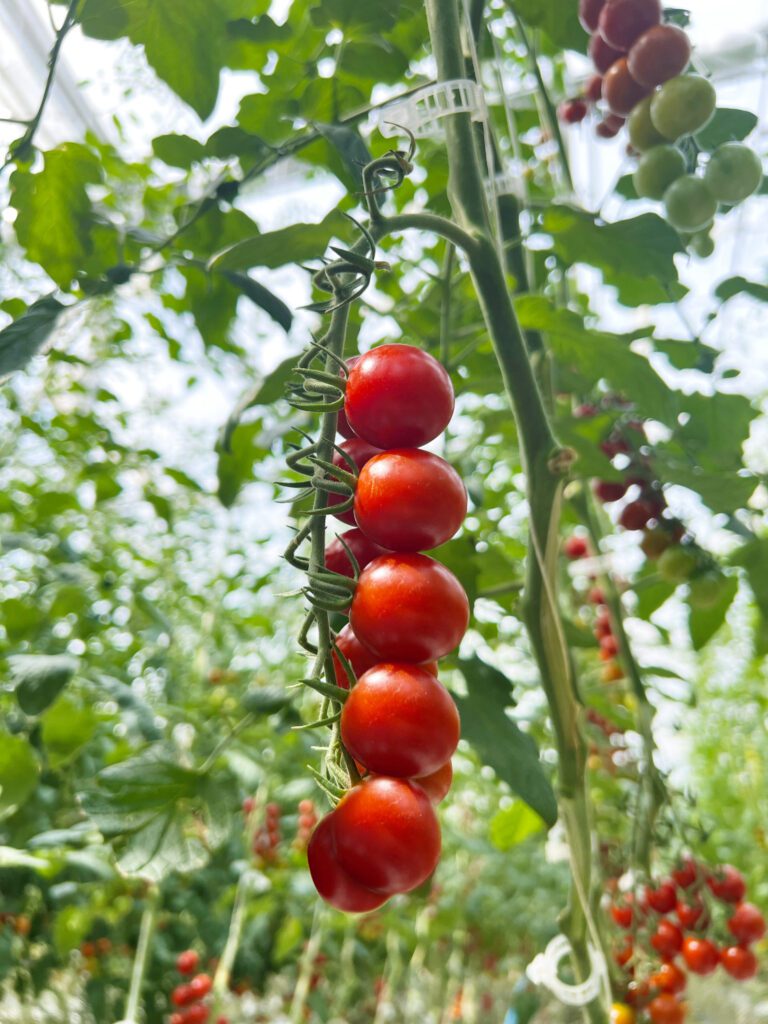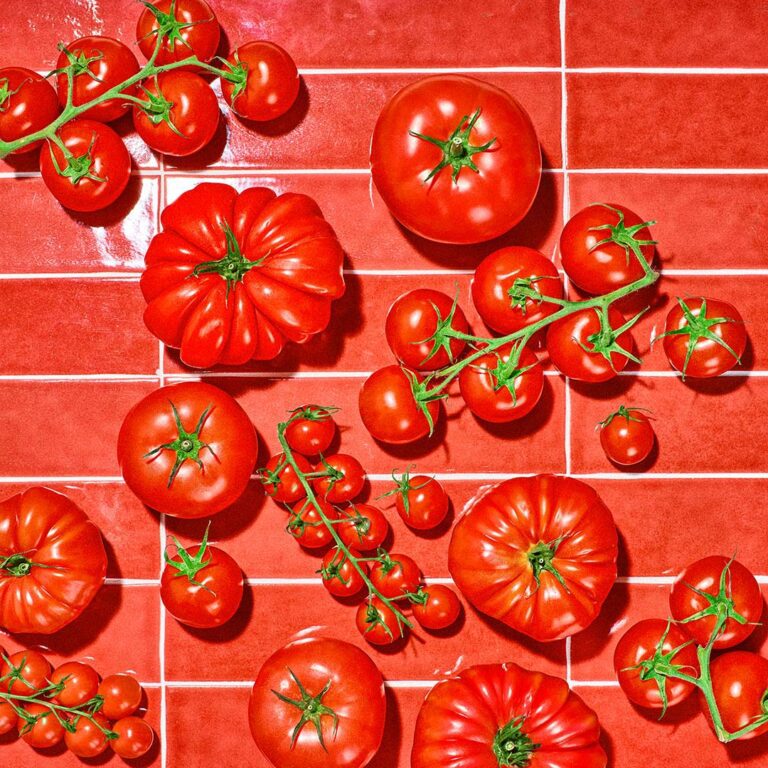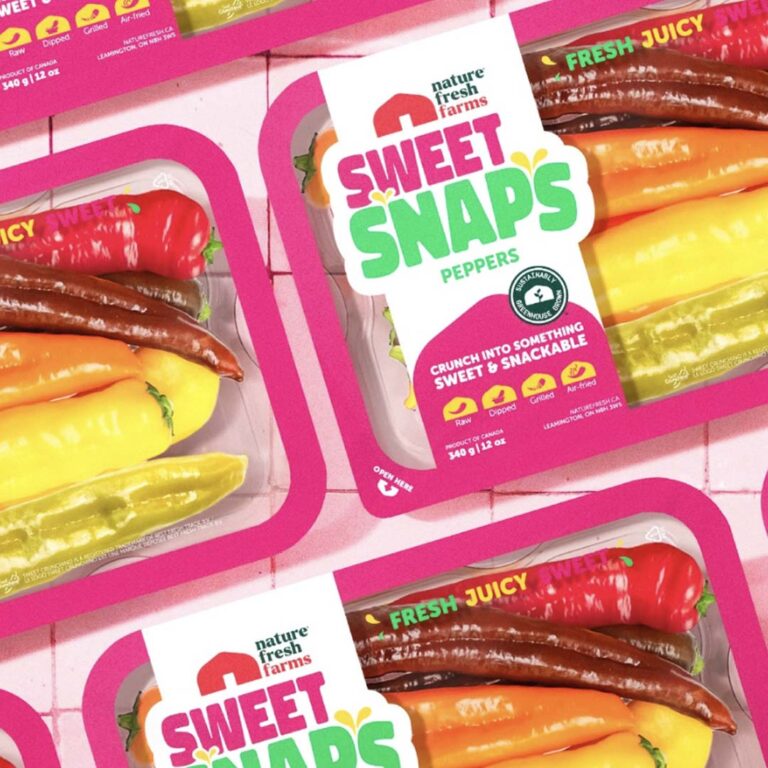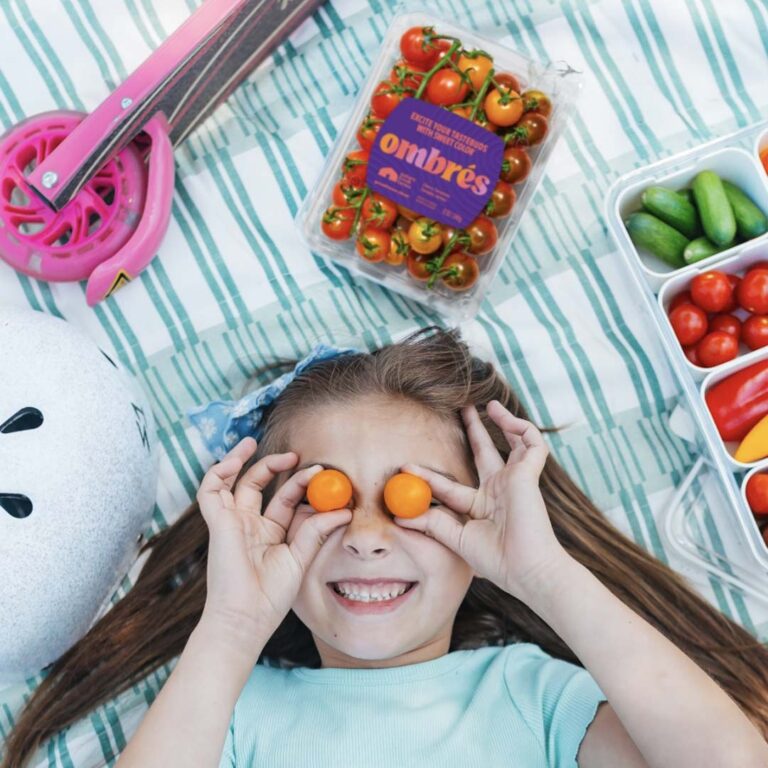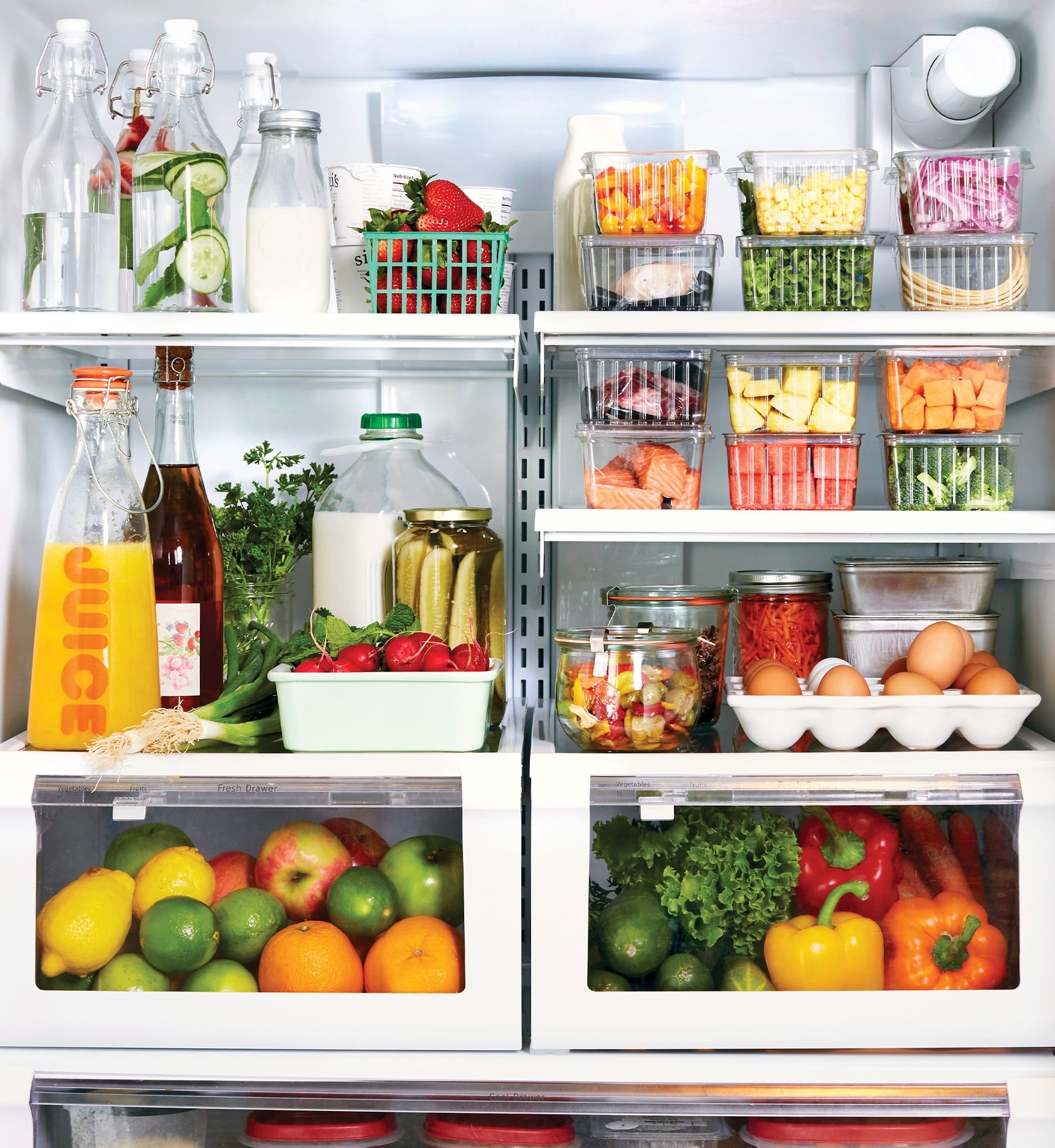
Organizing Your Refrigerator To Maximize Freshness
You just got back from the supermarket stacked up on all the items you’ll need to cook up some delicious meals for the week. Fast forward a week and all that organization is just a memory. Your shelves are in disarray, you can’t find what you’re looking for, and you’re throwing out half of what you purchased. Sound familiar? If it does—don’t worry, you’re not alone.
There are many simple changes you can make to organize your fridge so it’s cleaner, easier to navigate, and keeps your food fresher longer. Keep reading our list of fridge organization tips so you get the most out of your fresh produce (and make eating healthy even easier).
Organizing Your Produce
1. Install A Lazy Susan or Turntables
One major reason food gets forgotten about is because it’s left in the back of the fridge or blocked by other items. Install a device that rotates products in your fridge so you can see everything you have stored at a quick (and easy) glance.
2. Track Leftovers
To reduce the chances of food spoiling in your fridge, write down an “consume by” date on your containers. Be sure to store leftovers and older items at the front of the shelf to ensure you don’t forget about them until they start to go bad.

3. Use Bins In The Fridge & Freezer
A great way to organize food in the fridge (and freezer) is to store it in labelled bins. Placing similar types of products in the same bin will make retrieving them easier and will show you when you need to stock up on a certain food group.
Added bonus: this also shows you the food groups you eat the most. If the “treat” container is being emptied more often than the “veggies” container, you know you should start thinking about ways you can incorporate more fresh produce in your diet.
Keeping Your Fridge Clean
4. Line Your Shelves With Easy-To-Clean Mats
Bending over and reaching into your fridge to wipe down a spill isn’t very comfortable. It also makes it difficult to do a deep clean of your fridge. Lining your shelves with easy to clean mats helps protect your fridge’s built-in shelves and allows you to remove the mats and scrub them in the sink.
5. Use Containers To Keep Food When Opened
One of the best ways to reduce leaks in the fridge is to store opened packages that contain liquid in a container. Open packages meat packages often leak and can even cross-contaminate other items in your fridge. Keeping them in containers (and on the higher shelves) reduces this risk and keeps your fridge fresher.
6. Keep A Container Of Baking Soda In The Fridge
Using an opened box of baking soda in your fridge helps eliminate odors substantially. Remember to replace the box every 3 months.
Where To Store Your Produce
7. Lower Shelf or Upper Shelf?
Items that need higher temperatures to be cooked (like raw chicken) should be kept on the bottom shelves. This prevents any cross-contamination with drips or spills. You can also keep your ready-to-eat meals and leftovers on the top shelves for quick and convenient access.
Store fruits and vegetables like Cucumbers and Bell Peppers in crisper drawers so they’re kept at a lower temperature for improve freshness and product life.
8. Keep Condiments & Non-Dairy Drinks In The Fridge Door
The fridge door is the warmest place in the fridge—so dressings, condiments, and non-dairy drinks (like juice) that keep well in warmer temperatures should be kept there. Having all your condiments stored in one place also makes for better organization and quicker retrieval.
9. Some Produce Can Be Kept On The Counter
There are many food items that keep and taste better when left on the kitchen countertop. This will also free up some extra space in your fridge.
• Tomatoes
• Onions
• Garlic
• Basil
• Squash
• Honey
• Apples
• Peaches
• Nectarines
• Pears
Maintaining Produce Freshness
10. Dispose of Spoiled Produce Immediately
Once food starts to spoil, it emits the hormone ethylene, a natural ripening agent. Ethylene causes the surrounding produce to ripen more rapidly, causing food to spoil faster. Once you notice expired food in your fridge, don’t wait for your next fridge-cleaning session—get rid of it right away to help keep your other food items fresh.
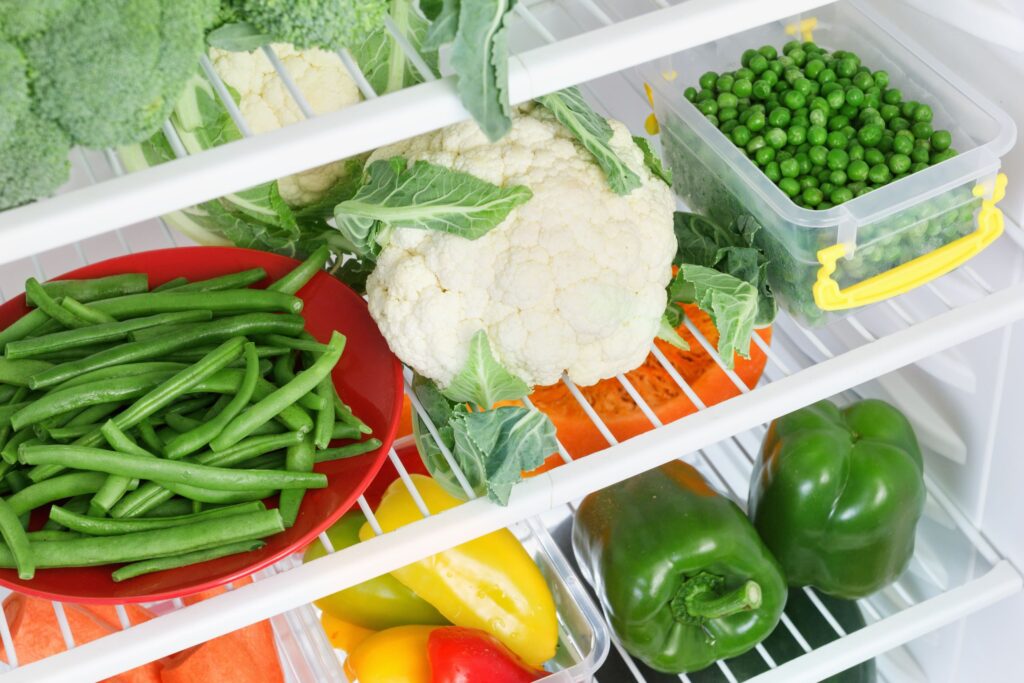
11. Understand How Airflow Affects Freshness
For some produce items—like mushrooms, Bell Peppers, and Cucumbers—it’s important to avoid any excess water to keep them fresher longer. Simply folding the opening of a bag a few times still lets air into the bag, which can lead to condensation. The best way to seal these types of produce and avoid spoiling due to condensation is securing the bag with a clip or a tight knot.
For other produce items—including citrus and Tomatoes—proper airflow is an important part of preserving quality and lengthening their life. For these types of produce, an open container or loose mesh bag is the best way to conveniently (and safely!) store them.
12. Storage Varies By Product Type
Not all foods spoil the same. Each type of produce needs a specific environment to stay fresh. Learning how to keep each food item fresh can make a substantial difference.
- Greens and fresh herbs: store in a sealed bag. This reduces oxygen flow and maintains nutritional value.
- Citrus fruits: store in a mesh bag. The oxygen circulation allows citrus to last longer.
- Fresh produce & berries: keep dry (and don’t wash until you eat them). Avoiding moisture keeps away mold growth.
- Celery: wrap in tin foil. This allows ethylene (a ripening agent) to be released so your stalks last longer.
- Tomatoes: store uncovered on your counter. This allows them to continue to ripen and develop a vibrant flavor.
- Asparagus: keep upright in a glass of water. This keeps the bunch fresh and hydrated longer.
- Mushrooms: store together in a paper bag. Brown paper absorbs excess moisture allowing the mushrooms to breathe.
- Carrots: cut off the leafy green tops. The tops will continue sucking the nutrients out of the carrots as you store them.
- Cucumbers: thoroughly dry before storing and wrap in paper towel. This prevents sogginess brought on by condensation or humidity from excess water.
- Bell Peppers: store in a dry, sealed bag in your vegetable crisper. Storing them dry prevents your Peppers from turning soft, slimy, or moldy.
Small Adjustments Can Make A Big Difference
Making these small adjustments now can save you lots of time and money in the future. With proper storage and organization, produce will last longer and even taste better.
Happy re-organizing!

